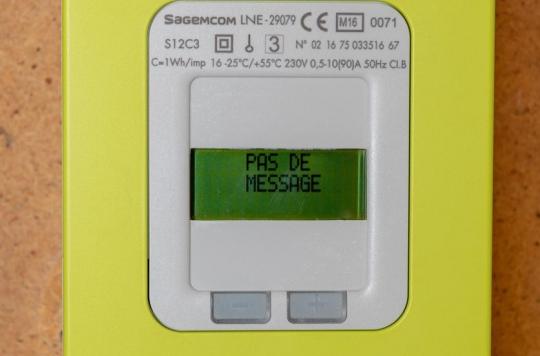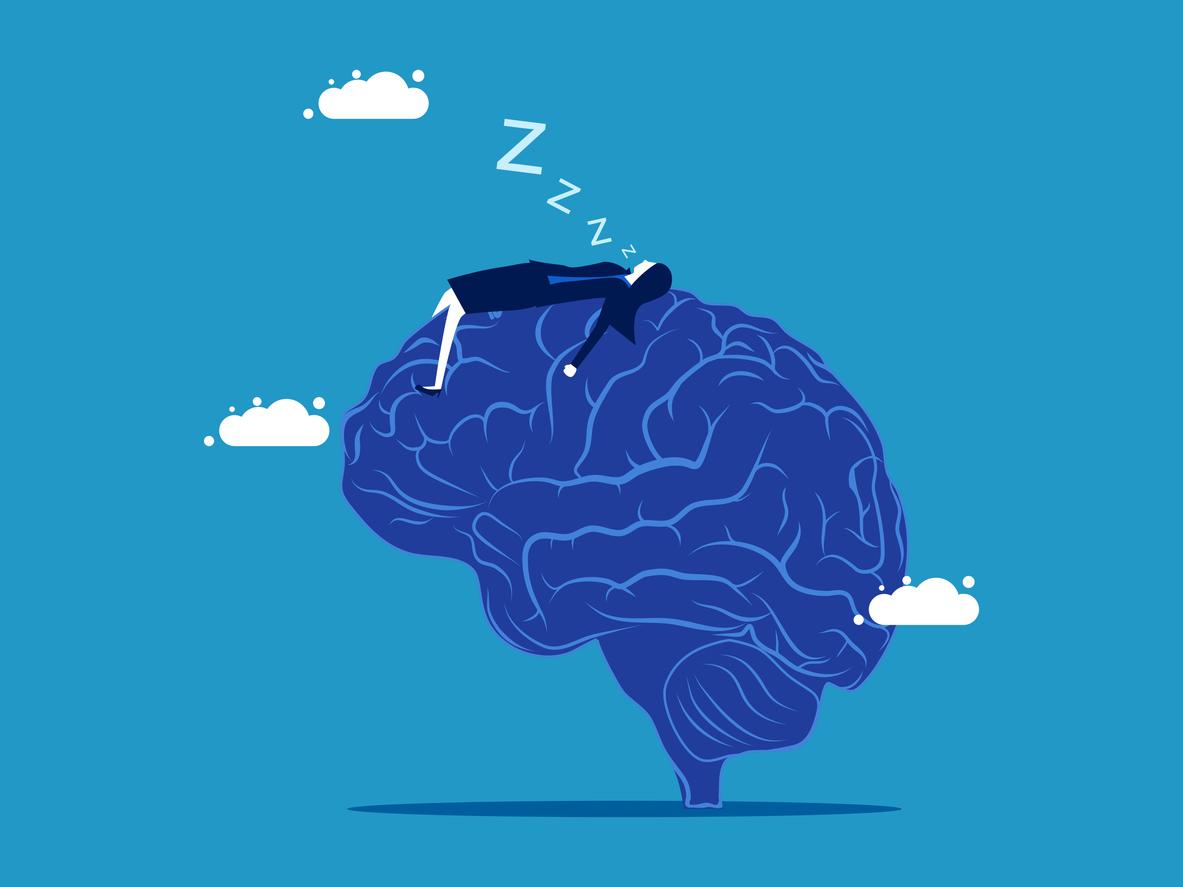More than 400 people took legal action at the end of June to fight against the installation of Linky meters, which they accuse of harmful effects on health. The Nanterre court must decide on Friday August 2.

“I had the impression of being pierced by the current”. More than 400 people took legal action at the end of June to prevent Linky meters from being suspended or to demand their removal due to potential adverse health effects. The Nanterre court must decide on Friday August 2.
Tuesday, August 30, thirteen plaintiffs living in the Center region already got what they wanted and will see their meters withdrawn for medical reasons. Many people have complained of various and varied symptoms since the installation in their homes of a Linky meter by Enedis in order to remotely and live read the electricity consumption. “I’ve never had any problems sleeping, I’ve never taken sleeping pills. And there the Linky counter arrives, and I become insomniac”, testifies Véronique, 51 years old, with France Info. She also says that she “caught plaques on her face” just after installing her counter. Diagnosed with electro-hypersensitive during this period, Véronique has a better chance of seeing her complaint against Enedis succeed if she presents her medical certificate to the courts, argues her lawyer.
Since its first deployment in 2015, the Linky meter has been the subject of much controversy. In May 2018, 300 people made people talk about them by forming a human chain in the village of Autrans in Isère to protest against this machine. Since the installation of the latter, twenty-two courts have already been seized of joint actions in France. But most of the plaintiffs were dismissed.
A still very controversial disease
In the Center region, out of 121 anti-Linky referrals, cited in three judgments and filed by residents opposed to the break of this meter at home, 108 were rejected on Tuesday while only 13 were admitted for medical reasons. Enedis’ lawyer, Laurent Martinet, intends to appeal the decision of the Tribunal de Grande Instance of Tours because according to him, “this meter presents no inconvenience”.
Electromagnetic hypersensitivity, which is being talked about more and more due to the increase in waves coming from various devices (telephones, computers, televisions, microwaves, relay antennas, etc.), is still a very controversial illness.
In 2016, ANSES issued a report on the effects of waves on health. Its results do not make it possible to conclude on the existence or not of effects of radiofrequencies in children on behavior, auditory functions, development, the male and female reproductive system, the immune system, systemic toxicity, carcinogenic effects. and teratogenic effects. On the other hand, the Agency had concluded “a possible effect of exposure to radio frequencies on the well-being of children and their cognitive functions (memory, executive functions, attention), even if “the effects observed on well-being could however, more to be linked to the use of mobile phones rather than to the radio frequencies they emit”.
Tinnitus, palpitations, migraines…
People complaining of electromagnetic hypersensitivity, a disease not recognized by the World Health Organization (WHO), report many symptoms. Among them we find: great fatigue and difficulty concentrating, headaches and dizziness, nausea, tinnitus, digestive disorders, heart palpitations, tingling and burning sensations in the ears or a state anxious or depressed.
Those most vulnerable to waves are those suffering from heart rhythm disorders, pregnant women, implant recipients and individuals working in at-risk environments such as canteen staff, medical personnel, electricians or sector employees. of telecommunications.
If you feel inconvenienced, go to a doctor who will establish an opinion of compatibility between your symptoms and the electromagnetic waves to which you are subjected on a daily basis.
.















